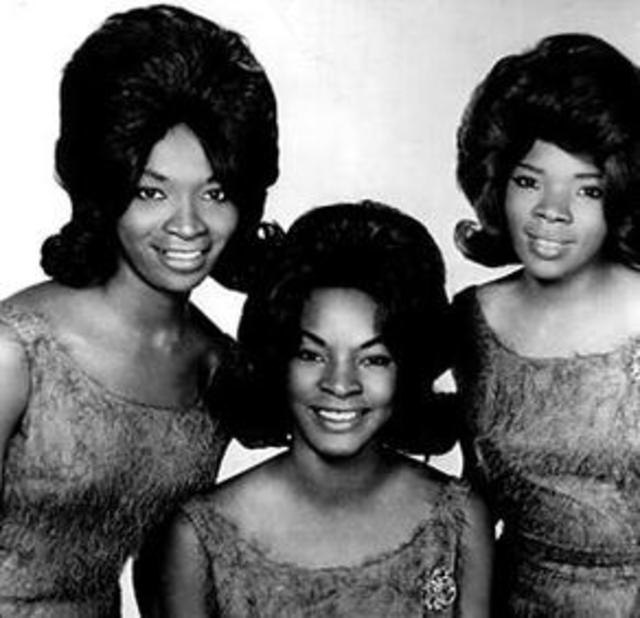Martha and the Vandellas

From the outset, Martha Reeves' voice possessed an earthy, direct quality that distinguished her from other female singers - such as sultry Mary Wells or demure Diana Ross - at Motown. Her voice bore the righteous fervor of gospel and the flinty edginess of rhythm & blues, which, combined with Motown's stylized pop-soul approach, made for a compelling package. Together with her backup singers, the Vandellas, Reeves recorded a classic run of singles in the mid-Sixties, most of them composed by the songwriting team of Brian Holland, Lamont Dozier and Eddie Holland. The Vandellas' hit streak included what may be the definitive Motown anthem, "Dancing in the Street," as well as such danceable blockbusters as "(Love Is Like a) Heat Wave," "Nowhere to Run" and "Jimmy Mack."The eldest of eleven children, Reeves began singing with the Del-Phis in 1960. She was discovered in 1961 at Detroit's fabled Twenty Grand Club, where Motown A&R man Mickey Stevenson heard her perform – Reeves' prize for having won a talent contest. She was invited to drop by the Motown "Hitsville" compound the next day. Initially, she did secretarial work in the A&R department and sang background vocals on records by the likes of Marvin Gaye (most audibly on "Pride and Joy" and "Hitchhike"). However, Motown founder Berry Gordy soon offered Reeves' group a recording contract of their own. The Vandellas – named by combining Detroit's Van Dyke Street with the first name of a favorite singer, Della Reese - were Rosalind Ashford and Annette Beard (later Sterling), who'd also been in the Del-Phis. Betty Kelly replaced Sterling in 1964, and Lois Reeves (Martha's younger sister) replaced Kelly in 1967.The trio had their first hit with Holland-Dozier-Holland's "Come and Get These Memories," but it was the irresistibly upbeat "Heat Wave" that made Martha and the Vandellas one of Motown's vanguard acts in the summer of 1963. Another summertime anthem, "Dancing in the Street" – cowritten by Mickey Stevenson, Marvin Gaye and Ivy Joe Hunter – arrived in 1964, charging to #2 in the midst of the British Invasion. Reeves' insistent alto cut through the punchy horns, driving bass line and funky rhythms to deliver a timeless message to the youth of America: "Summer's here and the time is right for dancing in the street." The song's anthemic qualities have much to do with its call for youthful solidarity, with "music, sweet music" bringing a generation together. The song has acquired folkloric status, having been covered by the Grateful Dead, Van Halen, David Bowie and Mick Jagger, and others.Martha and the Vandellas recorded throughout the Sixties for Motown's Gordy label, charting 24 R&B hits, and became one of the company's most successful touring acts. As female artists at Motown, they were outshone only by Diana Ross and the Supremes, with whom they competed for resources and attention. When the company moved west in 1971, Martha and the Vandellas parted ways with Motown. They performed a farewell concert in Detroit, and Reeves embarked on a solo career with the big-budget album Martha Reeves in 1974. Martha and the Vandellas regrouped toward the end of the Seventies, and the group received a boost when the Motown 25th anniversary TV special aired in 1983. Martha and the Vandellas continue to perform, enduring as one of the most visible reminders of Motown's glory days.